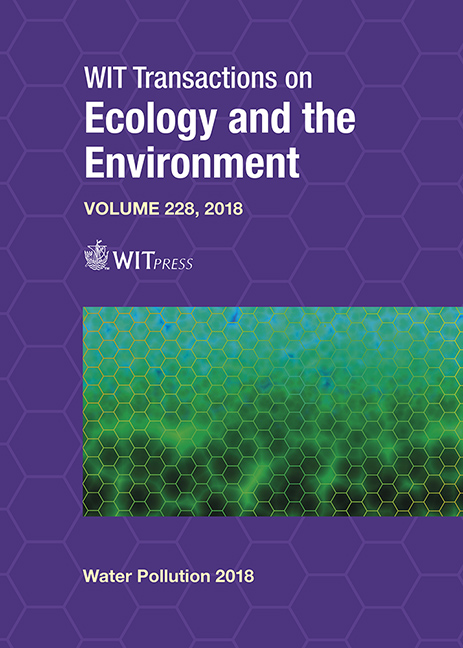SALINITY MODELLING AND MANAGEMENT OF THE LOWER LAKES OF THE MURRAY–DARLING BASIN, AUSTRALIA
Price
Free (open access)
Transaction
Volume
228
Pages
12
Page Range
257 - 268
Published
2018
Size
669 kb
Paper DOI
10.2495/WP180241
Copyright
WIT Press
Author(s)
JIANLI LIU, MUTTUCUMARU SIVAKUMAR, SHUQING YANG, BRIAN G. JONES
Abstract
The Murray–Darling River basin occupies 14% of the Australian land mass and it is the longest and the most iconic river system in Australia. This river basin is the most important agricultural region and supports 71% of irrigated crops that is 1/3 of the nation’s food supply. Two major cities Adelaide and Canberra as well as another eight major town totalling a population of over 2.1 million people is supported by this basin. At the end of the basin, the river flows into the lower lakes, Lake Alexandrina and Lake Albert, before it flows into the sea via the Coorong wetlands. Due to various flow diversions, upstream agricultural use, irrigation returns, climate variability and historical mis-management of the basin, the water quality and in particular, the salinity of the lower river and the fresh water Lake Alexandrina have worsened particularly during drought periods. This had serious implications to the water supply for Adelaide as well as for water availability of Coorong wetlands. A 2D numerical model is used to analyse the hydrodynamic and water quality (salinity) processes in the lower lake system based on historical upstream data from the Murray River. The results show that the 2D model coupled with a 1D model for the barrages is able to predict water level and salinity changes accurately for various river flow events. Possible management implications of the river–lake system are proposed based on the results of the model.
Keywords
Murray–Darling River basin, Lake Alexandrina, Lake Albert, numerical model, salinity





